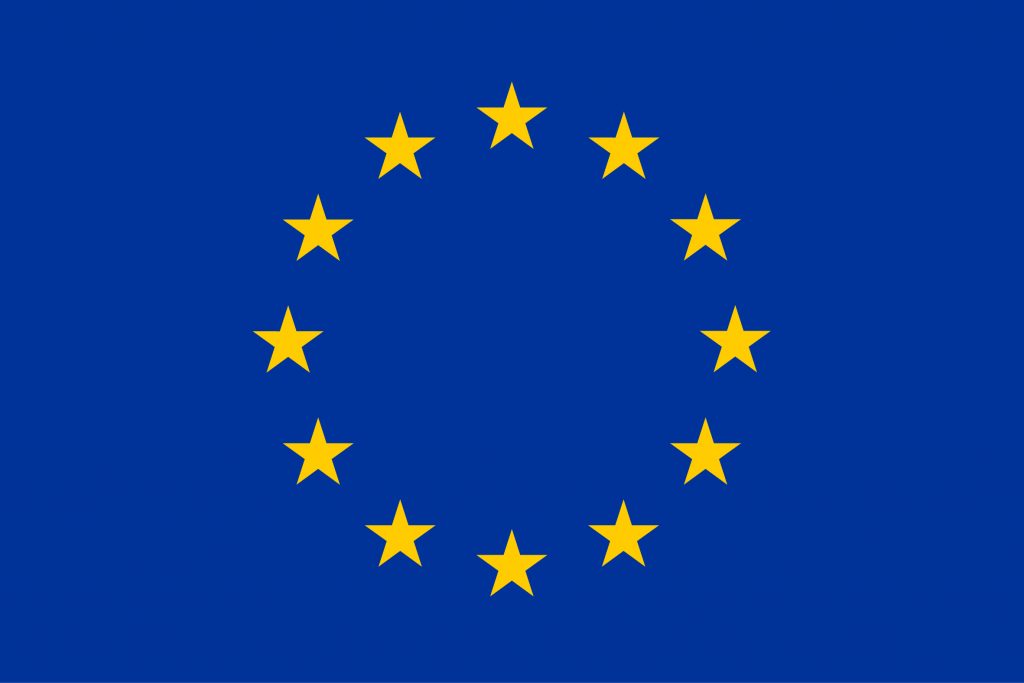NEWS FROM THE PILOT
Bibracte, a territorial interface for participatory research in the Morvan
With a presentation on this subject, Bibracte participated in the Round Table of “Participatory research : knowledge and recognition“, a conference organised by the University of Caen Normandie.
Further information are provided in the post of the INCULTUM Blog.
Arts and Territory
An interview with Nicola Barral, in charge of using the Art and territory participatory approach in the pilot of Bibracte.
The full text of the interview is available here for download.
Entretiens de Biracte-Morvan
For the past 16 years, the yearly conference Entretiens de Biracte-Morvan (Bibracte-Morvan Talks) aims to debate the challenges facing the territory with the help of scientists and, for the latest editions, the mediation of artists.
On 15 and 16 September 2023, the 17th edition of the Talks explored the notion of heritage and the involvement of artists in building a territorial project in the face of climate changes. Lectures, walks and meetings in the forest, sharing of experiences and engaged debates gathered more than 100 participants.
The Information sheet is available here for download.
The Fantastic Picnic
An event to discover the hidden ancient paths of Bibracte and to celebrate local gastronomy.
Fantastic Picnic isn’t just about sharing a picnic: above all, it’s about creating an atmosphere that’s unique to each venue: a music concert, a hike, a visit to an emblematic (or more discreet) site… And it’s also a time to meet and chat with regional producers, craftsmen and heritage enthusiasts.
Organised over the last ten years in Burgundy, this year, Bibracte organized its Fantastic Picnic on Sunday 10th September at the top of mont Beuvray. The event gathered more than 150 participants, mainly inhabitants of the territory.
The programme included 2 guided “gourmet walks” to discover the unique landscapes of Mont Beuvray and a farmers’ market where participants could buy local products and listen to local bands.
The Information sheet is available here for download.
“landscape and heritage”
From 20 August to 2 September 2023, young volunteers of Rempart, an NGO working to safeguard and restore exceptional or vernacular heritage, have participated for the second year in a “landscape and heritage” summer workcamp at the Grand Site de France Bibracte – Morvan des Sommets.
This “landscape and heritage” work camp is part of the pilot-project led by Bibracte in the frame of INCULTUM to enhance the more than 1,100 km of rural paths that criss-cross the territory of the Grand Site (400 km2). Carried out in collaboration with the partners of the Grand Site de France label, it aims to develop and promote an innovative tourist offer in the area, combining outdoor activities, discovery of the heritage and cultural activities.
The Information sheet is available here for download.
Location of the pilot

Morvan is a medium mountain range located in the western part of the administrative region of Burgundy-Franche-Comté, in central-eastern France. This massif is largely included in the territory of the Morvan Regional Natural Park, which covers 2,900 km2 and has a population of 50,000 inhabitants. Bibracte is a heritage site of national interest (the site of a 1st c. BC fortified town) located on one of the summits of the Morvan, Mont-Beuvray. A territorial project was launched in 2013 around the site as part of the national policy of the Grands Sites de France (GSF); this project concerns 160 km2 and 2,500 inhabitants. In 2016, Bibracte was awarded the special mention for sustainable development by the European Museum Forum. It was recognized in 2019 by the Council of Europe as an example of good practice in the field of heritage management and spatial development for its Strategy 21 for European cultural heritage
Responsible partner: Bibracte
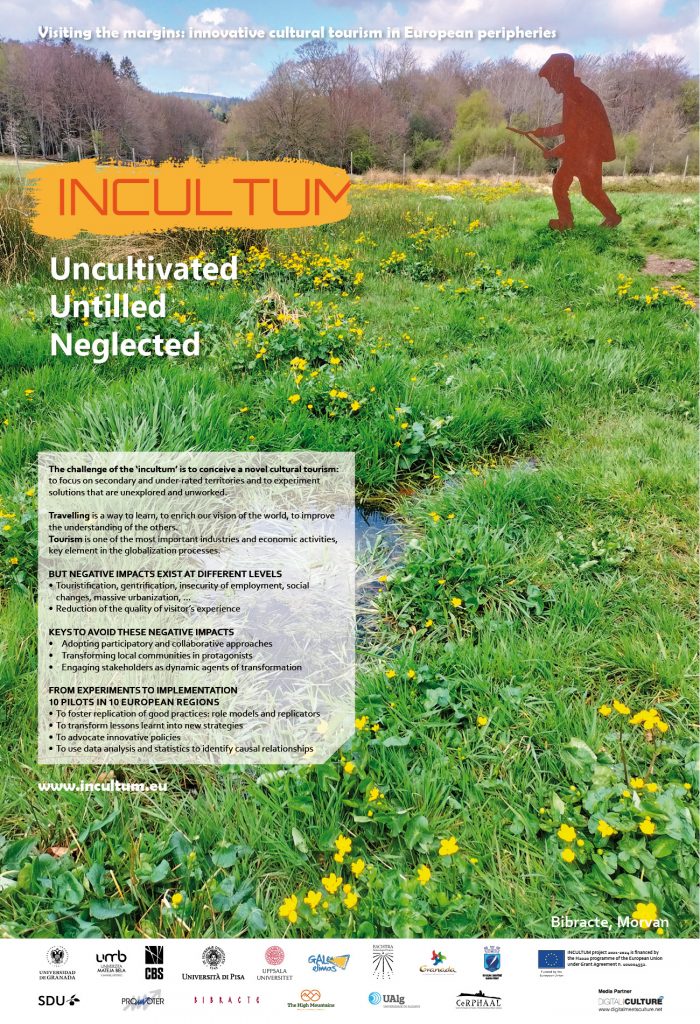
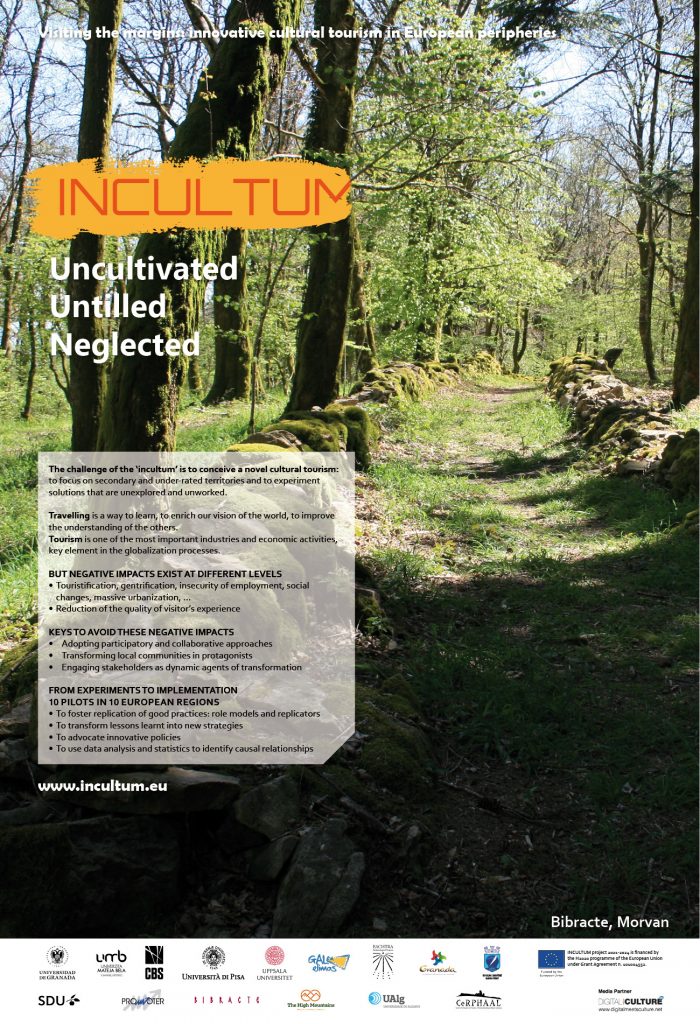
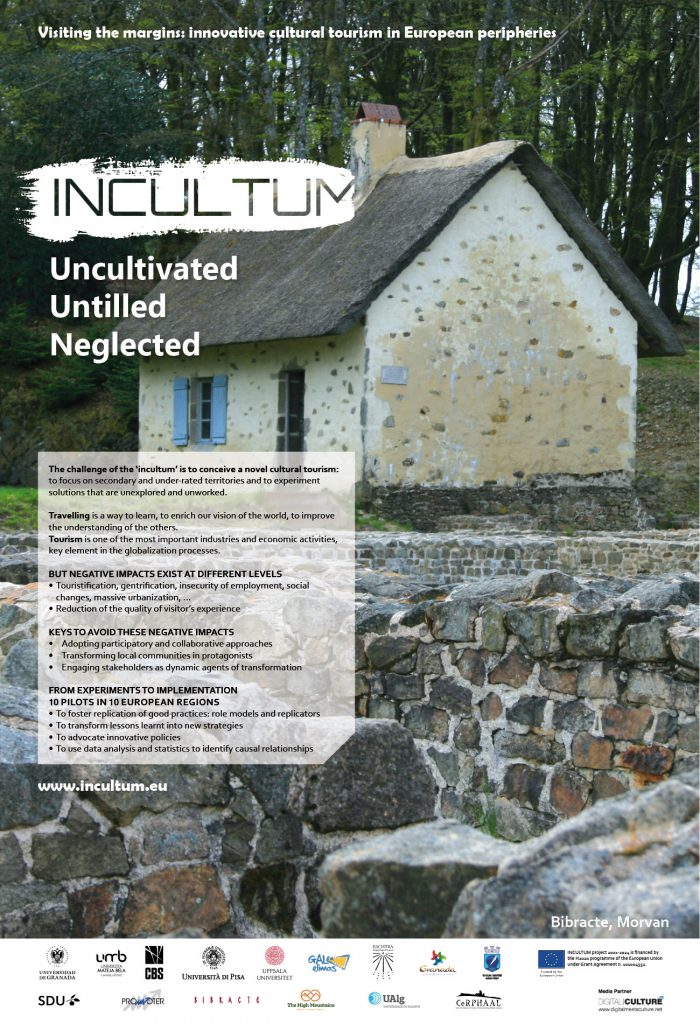
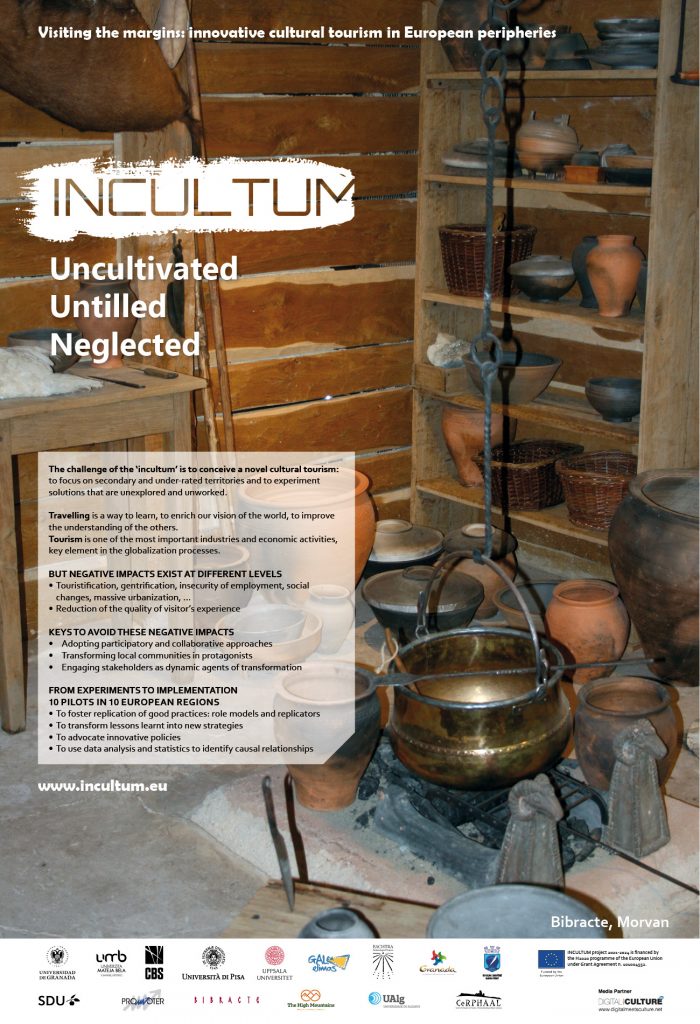
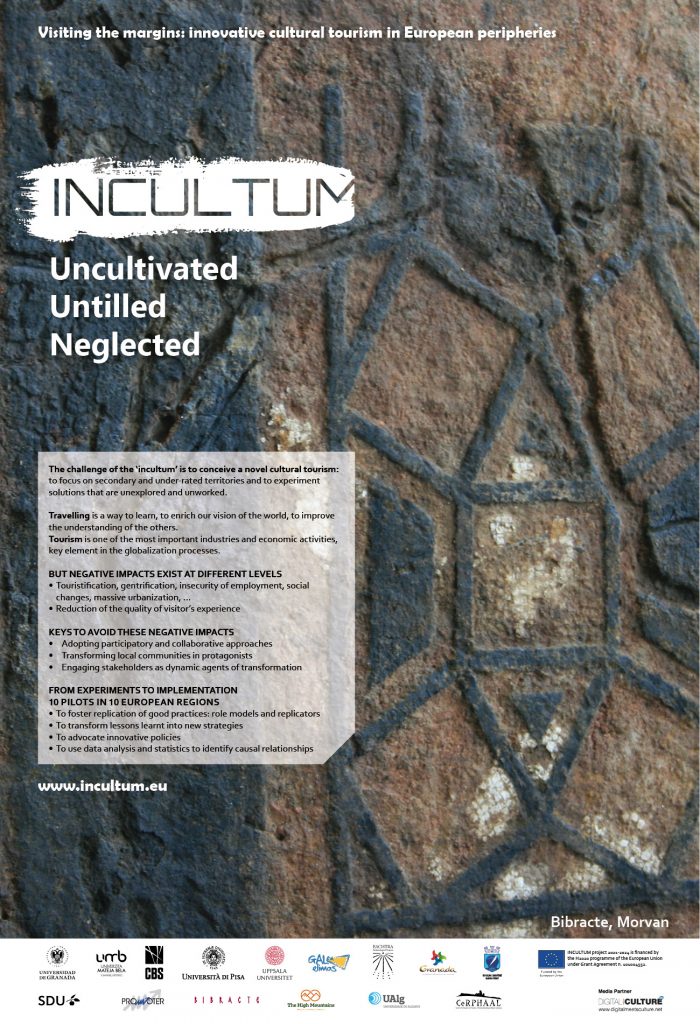
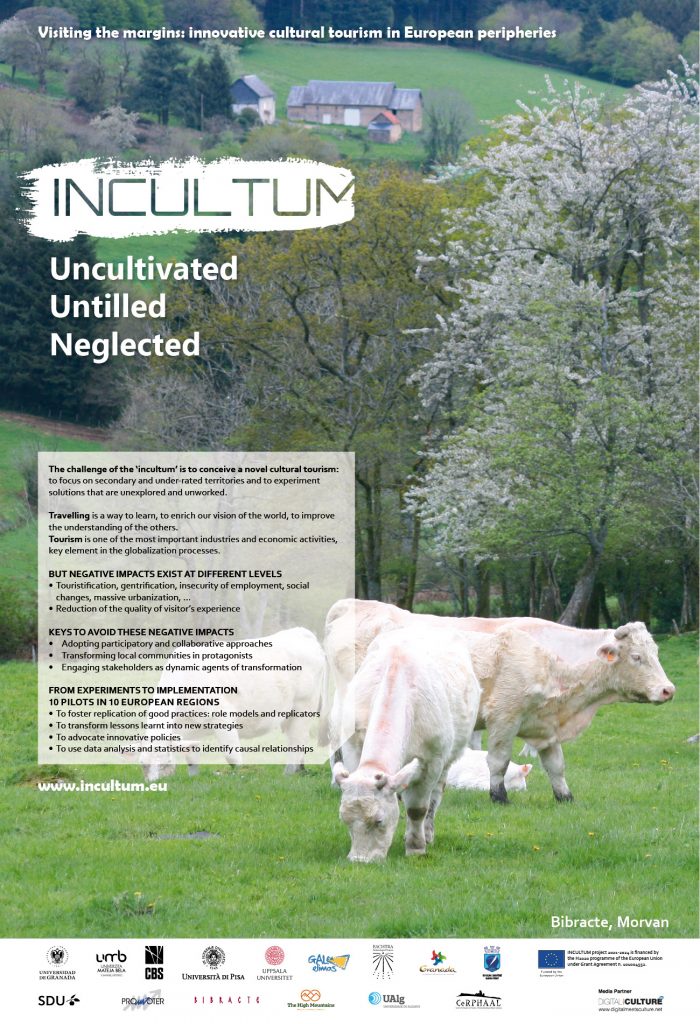

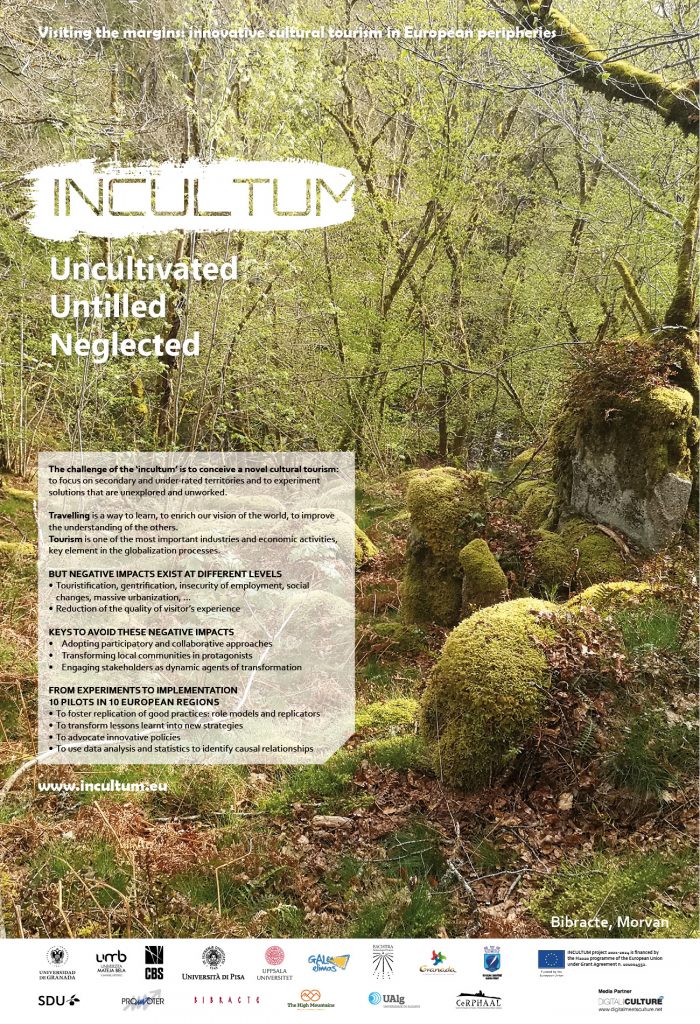
Context
Morvan has a rural landscape of heritage quality, which benefits from a very strong connection with its inhabitants. This landscape has changed considerably since the beginning of the 20th century under the combined effects of the drastic fall in population (75%) and the reorganisation of agricultural and forestry production systems. This evolution, which is continuing at a sustained pace, is reflected in particular by the increase in the importance of the forest, as well as by its radical transformation: the implementation of industrial forestry processes (massive introduction of resinous species, mechanized operations by clear-cutting) and by the effects of climate change (rapid disappearance of certain species, such as Picea Abies). The heritage quality of the landscape has enabled the development of a diffuse, predominantly family-based “green” tourism, which still has significant scope for development. The tourist and residential economy is dependent on one particular feature linked to the sharp fall in population: the high proportion of houses converted into second homes, which form a housing stock that is still insufficiently developed. Moreover, there is an almost complete disconnection between the various economic sectors, particularly between agriculture and tourism, where involvement in the tourism sector is undoubtedly a resilience factor for agriculture, which is currently suffering from its hyper-specialisation in the beef sector. The Morvan territory is also characterised by a strong fragmentation of public action between many levels of community. In this context, Bibracte is a pole of attraction for the territory, thanks to the setting up, at the initiative of the Ministry of Culture, of a public establishment, BIBRACTE EPCC, dedicated to the integrated management of the site (protected public domain of 1000 ha, museum receiving 50,000 visitors / year, archaeological research centre widely open on the international). Bibracte acts as a testing ground for PNR Morvan, within the framework of the GSF policy conducted by the Ministry in charge of the environment and landscapes. The GSF label, obtained in 2008, renewed every six years and co-managed by BIBRACTE EPCC and PNR Morvan, seeks to promote a territorial development project based on a shared requirement for landscape quality and taking into account all the activities of the territory (agriculture, forestry, tourism, energy, etc.). Since 2013, the GSF approach around Bibracte has been supported by a multidisciplinary scientific consortium (geography, agronomy, sociology, etc.).
Pilot’s Presentation
INCULTUM general Assembly 28-10-2021
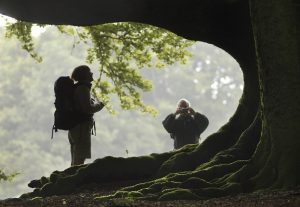
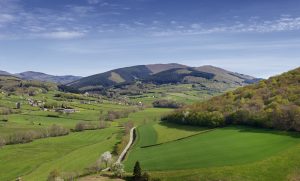


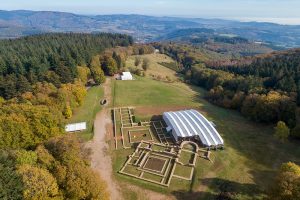
Actions
The actions consist in developing the tourist and residential economy around Bibracte as a facet of an integrated territorial innovation project, based on the preservation of its heritage quality and mobilizing all the economic activities and all the actors in the territory. The approach will be based in particular on the strong involvement of local stakeholders organized into interest groups according to a geographical (village communities) or sectoral (agriculture, services…) logic and the mobilization of adapted engineering resources (sociology of participation, territorial tourist intelligence, agricultural innovation…), by taking advantage of a scientific and professional community already associated with the Grand Site de France programme. The approach is based, in particular, on a participatory inventory of the territory’s heritage, with distinct attention to the dense network of public tracks and paths (estimated at 12,000 km in the territory of the PNR Morvan) in this mountainous area where the habitat is traditionally dispersed, this network benefiting from the particular engagement of the population. The setting up of an observatory of the territory’s tourist activity which will serve as a basis for reflection shared with local actors.
Communities involved
Local communities (in particular at the village range = 12 communes for ca. 3,800 inhabitants); local charities concerned with heritage; professional organizations, esp. in agriculture (Chambre régionale d’agriculture), forestry (Centre régional de la Propriété forestière), tourism (several partners at the local and regional level); sports and leisure organizations (hiking, hunting…).
Expected results
The tourist activity is being deployed in a way that has been judged positively by the local players, allowing the diversification of the offer of stays around Bibracte, the diversification of the agricultural economy, the strengthening of the residential attractiveness of the area, the maintenance of a service offer, the preservation/restoration of the heritage quality of the landscape, the strengthening of the social cohesion of the area, the optimization of the ecological impact of tourist activity. The ambition is also stated to serve as a pilot project on the scale of the region, of the Réseau des Grands Sites de France and the Fédération des Parcs naturels régionaux (with more than fifty members in each of these two networks on a national scale).
Associated partners
Maison du patrimoine oral de Bourgogne – MPOB (expertise in sociology and participation); tourism expertise unit EVALTO (territorial touristic intelligence); Réseau des Grands Sites de France – RGSF & Fédération des Parcs naturels régionaux de France – FPNRF (expertise in the management of territories of high heritage value); Maison des sciences de l’Homme et de l’Environnement Claude-Nicolas Ledoux – MSHE (expertise in GIS); Région Bourgogne-Franche-Comté – RBFC (as a financial support and a guarantee for replicability at the regional level).
Cross border and international nature of the pilot case
As a research and training centre, Bibracte has a strong international focus. In particular, the site hosts the training courses of the international platform run by the Réseau des Grands Sites de France.
Innovations
Ancient paths to the future explores several avenues of innovation:
– Use the attachment shared by its inhabitants to the territory, which is based on the singularity of its heritage and its landscape, as a vector of social cohesion and action, thanks to the constitution of an active heritage community
– Activate the construction of this active heritage community by showing the operationality of the concept of political arts developed by the sociologist Bruno Latour, and understood as the simultaneous mobilisation of scientific methods and artistic practices to analyse societal issues and enrich the political decision-making process.
– Create territorial intelligence, particularly in the tourism economy sector, through the shared construction of an objective and informed diagnosis.
– Guarantee the coherence and sustainability of the territorial project through an integrated approach, embracing the different sectors of activity that shape the landscape and the economy.




